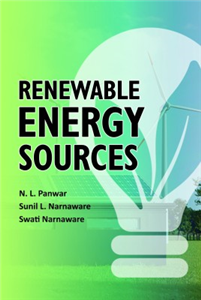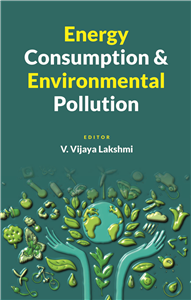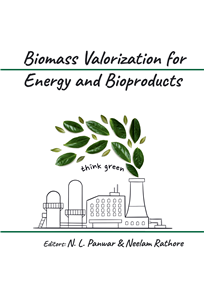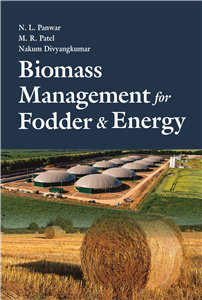Renewable Energy Sources for Sustainable Development
by N.S.Rathore & N.L.Panwar
This book has been written with a view to draw attention for integration of renewable energy in all sectors for sustainable development. The aim of this book is to examine the range of views related to renewable energy sources for sustainable and their implications. The authors have simplified and clarified renewable energy technologies and new theories for a sustainable development. Sustainable development has been characterized by an emphasis on environmental issues and its inter-relationship with renewable energy sources. In present context there is a need to develop an approach to structure the subject which hinders the development of knowledge in a systematic way. The built environment contributes significantly to the society and thus development in holistic manner. Integration of renewable energy sources is one of the major factors in determining whether a community is sustainable in the longer term or not. In this book, emphasis has been made on various aspects of energy planning such as energy assessment, energy integration, energy forecasting, energy modeling, computer modeling and techno-economic analysis of different conventional as well as non-conventional renewable energy sources. Much of the information presented in this book is basically to acquire an understanding of the integrated energy planning, its design, development, implementation, monitoring and feedback evaluation. This book will be useful for those involved in energy activities and planning.





























